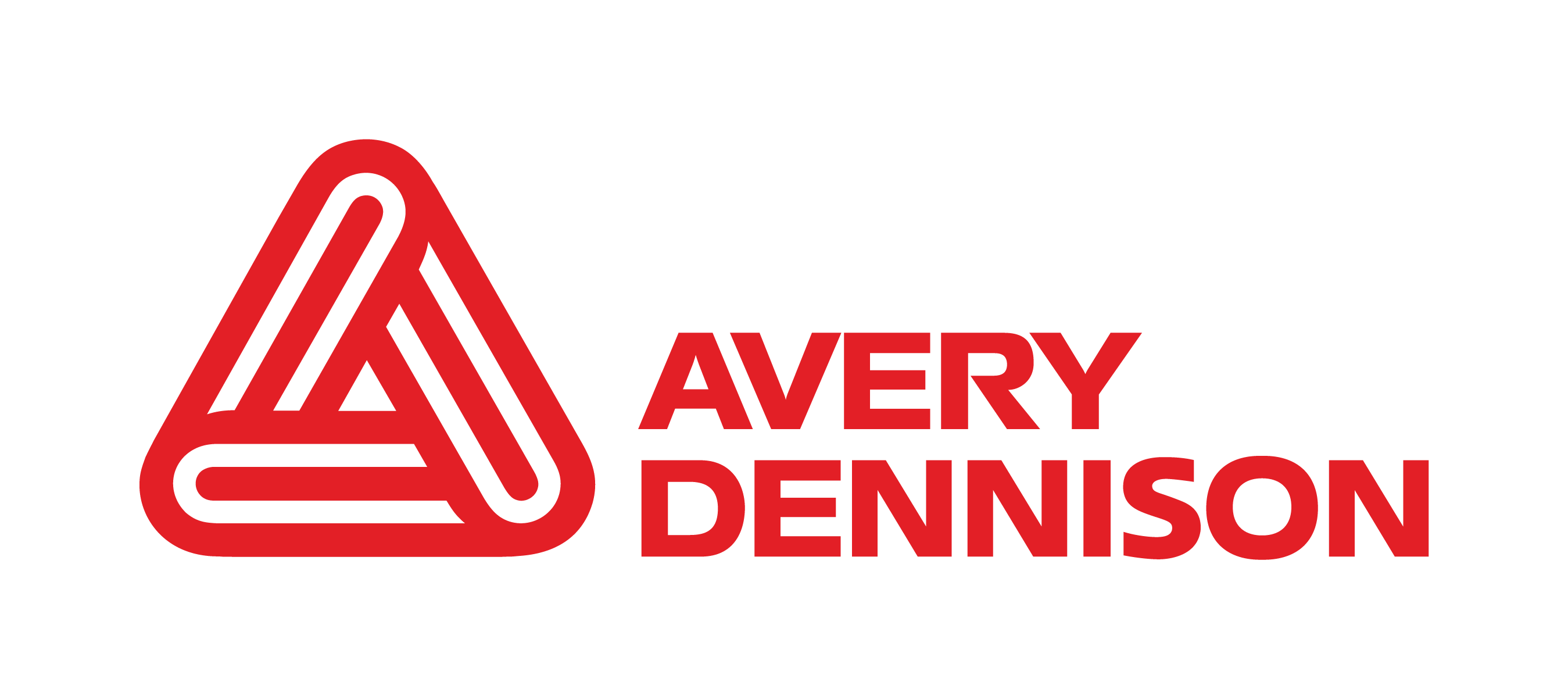The program is making a significant impact. Compared to landfilling and incineration, every ton of used paper liners we collect saves 1.8 tons of CO2 and every ton of used PET liners saves 2.7 tons of CO2. In the past year we’ve doubled the volume of liners we’ve collected, and the program is only picking up speed. This is in part due to getting major brands on board, such as popular UK cider producer Brothers Drinks, who are expected to recycle 164 tons of used liners and save 448 tons of CO2 in 2023 alone.
Meanwhile in Italy, we have been working to recycle used liners since 2016. We work closely with our valued partner C4G to do the collections and have already managed to onboard 75 companies and enabled the recycling of 7260 tons of liners and a CO2 savings of 13,800 tons. This is equivalent to the annual CO2 emissions of 3000 passenger vehicles.
Product innovations that enable packaging recycling (and reuse)
Another way we enable recycling is through product innovations. We offer materials that enable recycling by ensuring that both the label and adhesive cleanly remove from the package during the recycling process; monomaterial solutions that can be recycled with packaging without needing to be removed; and materials that enable reuse by being either easy-to-remove or permanent.
For example, our AD CleanFlake™ label material delivers recyclability and excellent performance for rigid PET and HDPE packaging. In the process, it helps brands meet sustainability targets, comply with regulations, and increase the availability of recycled plastic.
AD CleanFlake is based on our next-generation AD CleanFlake Adhesive Technology, specially engineered to support the recycling of PET and HDPE packaging. It works by either deactivating during the recycling process to allow the label and adhesive to separate cleanly (in the case of PET), or by staying attached without compromising the resulting plastic pellets (in the case of HDPE).




